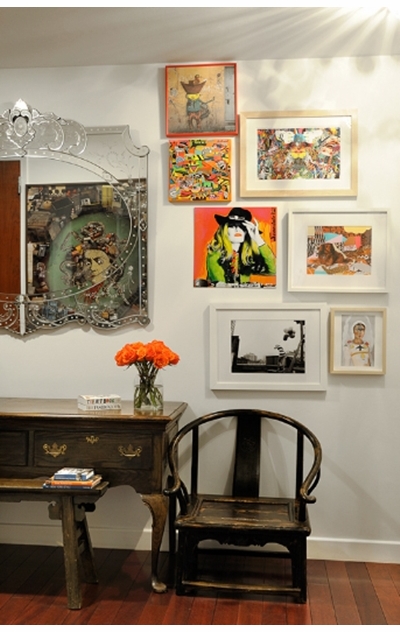| |||||||||||||||||||||||||
ARTBOOK BLOGEventsStore NewsMuseum Stores of the MonthNew Title ReleasesStaff PicksImage GalleryBooks in the MediaExcerpts & EssaysArtbook InterviewsEx LibrisAt First SightThe Artbook | D.A.P. 2025 Gift GuidesArtbook Featured Image ArchiveArtbook D.A.P. Events ArchiveDATE 1/1/2026 Happy New Year!DATE 12/25/2025 A revelation of our nation’s essential, quirky visual character in ‘Lee Friedlander: Christmas’DATE 12/16/2025 The acute gaze of Gabriele MünterDATE 12/11/2025 192 Books presents Raymond Foye and Peter Gizzi on The Song Cave's new edition of John Wiener’s 'Behind the State Capitol: Or Cincinnati Pike'DATE 12/9/2025 The atmospheric, rarely-seen watercolors of Winslow HomerDATE 12/8/2025 Pure winter glamour in ‘It’s Snowing!’DATE 12/3/2025 Flamboyant poses and melodramatic airs in 'Cecil Beaton's Fashionable World'DATE 11/30/2025 Artbook at Hauser & Wirth Los Angeles Bookstore presents Kelli Anderson and Claire L. Evans launching 'Alphabet in Motion'DATE 11/27/2025 Indigenous presence in 'Wendy Red Star: Her Dreams Are True'DATE 11/24/2025 Holiday Gift Guide 2025: Artful Crowd-PleasersDATE 11/22/2025 From 'Bottle Rocket' to 'The Phoenician Scheme' — the archives of Wes AndersonDATE 11/20/2025 The testimonial art of Reverend Joyce McDonaldDATE 11/18/2025 A profound document of art, love and friendship in ‘Paul Thek and Peter Hujar: Stay away from nothing’ | BOOKS IN THE MEDIACORY REYNOLDS | DATE 3/14/2014Favelization: The Imaginary Brazil in Contemporary Film, Fashion and DesignThis week in the Huffington Post, Maria Gabriela Brito reviews Favelization, the Cooper-Hewitt's newest ebook in the DesignFile series. Brito interviews author Adriana Kertzer about the practice and ethics of "marketing luxury goods and exotic experiences based on the idea of life in the favelas." Kertzer responds, "A discussion about favelization (which I define as the use of references to Brazilian slums to brand luxury items as "Brazilian") requires that we address the difference between the meanings attached to favelas in Brazil and those employed by companies and individuals using references to favelas in the marketing of high-end products. Favelization also raises questions about the myths of racial democracy and intersocial class cordiality common in mainstream discourse about Brazil. Discrimination based on race, socioeconomic background, and place of residence are a reality in Brazil, as well as government inaction, mismanagement and corruption. |

